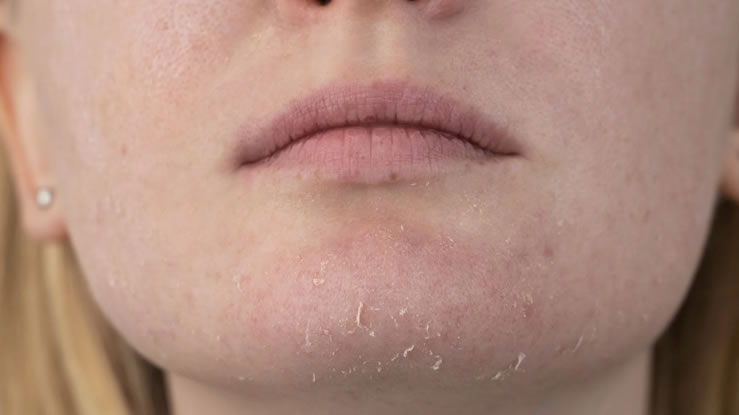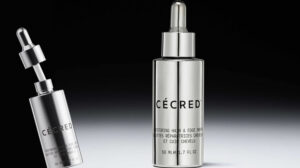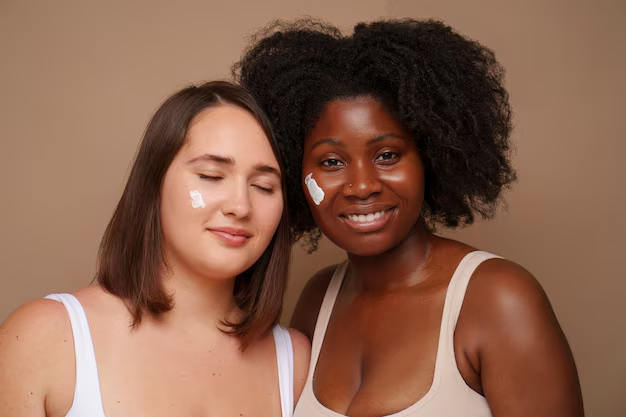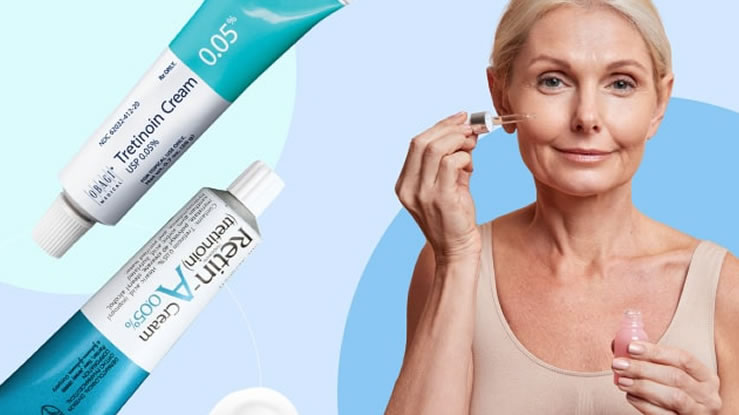Tretinoin is one of the most effective skincare ingredients ever created, but it is also one of the most difficult to adjust to. The biggest downside is irritation. When people first start tretinoin, their skin often becomes red, dry, flaky, and sensitive. This is completely normal, but it can feel uncomfortable, especially during the first few weeks. The irritation happens because tretinoin speeds up your skin’s cell turnover, and that sudden increase makes the skin react before it begins to improve.
Another drawback many people experience is increased sensitivity to the sun. Tretinoin makes your skin more vulnerable to UV damage, which means sunscreen becomes a daily non-negotiable. Skipping SPF can lead to burning, dark spots, and even slower progress in your routine. For someone who doesn’t like wearing sunscreen or forgets easily, this can feel like a hassle.
The tretinoin purge is another downside that frustrates users. Instead of the skin getting better immediately, it often gets worse first. Breakouts can become more frequent, deeper, or appear in new areas. This happens because tretinoin pushes clogged pores to the surface faster. Even though the purge is temporary, it can be discouraging and can last several weeks.
Read Also>>>What does the tretinoin cream do?
Dryness is also a common long-term complaint. Even once the irritation phase settles, tretinoin can still leave the skin feeling tight or dehydrated. People with dry or sensitive skin may need to change their moisturizer, add hydrating serums, or adjust their routine just to keep their skin comfortable. If someone already struggles with dryness, this can feel like a significant downside.
Another concern is the risk of damaging the skin barrier. When tretinoin is used too often, too quickly, or paired with the wrong products, the skin can become overly sensitive, shiny, or constantly irritated. The barrier becomes weak, making almost every product sting. Recovering from this can take weeks, which is why dermatologists recommend a very slow introduction.
Tretinoin also isn’t safe during pregnancy. Because it is a vitamin A derivative, doctors advise stopping it if you are pregnant or trying to conceive. For anyone planning pregnancy, this can be an obvious limitation.
Another downside is simply how long tretinoin takes to show results. It is powerful, but it does not work fast. Many users don’t see significant improvements until three, six, or even twelve months into consistent use. For those expecting quick results, this timeline can be frustrating and lead to early disappointment.
It can also be difficult to combine tretinoin with other skincare products. Strong exfoliants, acne treatments, and even some vitamin C formulas can cause more irritation. Many people need to simplify their routine, which means removing products they enjoy or rely on. This can feel restrictive until the skin becomes more tolerant.
Cost is another factor that some users consider a downside. Prescription tretinoin can range from affordable to expensive depending on insurance coverage. Over-the-counter retinoids can also be pricey. Because tretinoin is a long-term product, the cost adds up over the years.
Finally, tretinoin simply isn’t suitable for everyone. People with severe eczema, rosacea, or extremely sensitive skin often struggle to tolerate it even when introduced slowly. In these cases, the irritation outweighs the benefits, making tretinoin challenging or impossible to use comfortably.
Despite all of these downsides, many people still consider tretinoin a holy grail ingredient because the long-term results can be transformative. But understanding its drawbacks helps you decide whether it’s the right choice for your skin and makes the adjustment phase much more manageable.
















